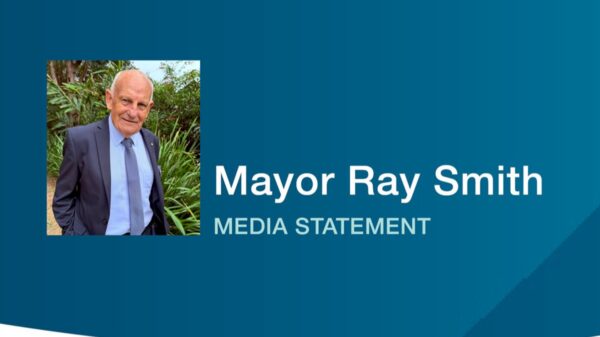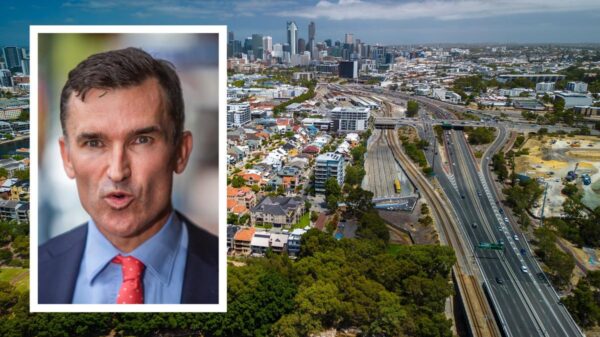The Western Australia (WA) Government has announced a significant initiative to expand housing availability by planning the construction of 35,000 new homes near ten key train stations in Perth. This decision has drawn criticism from local councils, as it bypasses them and places authority in the hands of the WA Planning Commission. The Commission will control zoning, density, and height regulations within an 800-meter radius of stations located in areas such as Cottesloe, Mosman Park, and Ballajura.
John Carey, the Minister for Planning, indicated that this approach is vital for addressing the housing shortage in Perth. He stated that local councils have delayed necessary developments, particularly around train station precincts, which are essential for accommodating the growing population of West Australians. By centralizing decision-making, the government aims to streamline the process of approving multi-storey residential developments, a move that some local leaders view as an affront to their authority.
The selected train stations for this initiative include Swanbourne, Bassendean, Oats Street, Claisebrook, Glendalough, Morley, and Redcliffe. Under this new framework, the WA Planning Commission will review and approve housing proposals without the input of local councils, which has prompted concern among community leaders and residents about the potential impact on local environments and infrastructure.
Carey has expressed little concern for the backlash from local councils, emphasizing the need for more housing over the objections of residents who oppose developments in their neighborhoods. His position reflects a broader political strategy, particularly in areas like Cottesloe, which traditionally support the Labor party.
The response from the local councils has been mixed. Some leaders argue that the decision undermines community input and could lead to developments that do not reflect the needs and desires of local residents. Local governance often involves tough decisions, and councillors must face their constituents after such choices are made. This dynamic complicates the relationship between state mandates and local governance.
Critics of the plan, including council members, have voiced concerns regarding the lack of local oversight. They argue that local knowledge and community sentiment are crucial for responsible development. As these councils grapple with the implications of the new policies, many are poised to express their dissent, fearing that the government’s approach could alienate residents.
The political context surrounding this plan is also noteworthy. The Labor government seems confident in implementing such changes in areas that have historically leaned towards their party. The Liberal member for Cottesloe, Sandra Brewer, previously supported increased housing development, which may impact how her constituents respond to the current government’s actions.
As the WA Government moves forward with its ambitious housing agenda, expectations are high for a press conference scheduled for October 22, 2023, where Carey is likely to elaborate on the vision for these train station precincts. The government’s emphasis on rapid housing development is clear, but local councils and residents are bracing for the consequences of a top-down approach that may disregard community interests.
With the looming prospect of new housing developments, the tension between the state government and local councils is set to escalate, raising crucial questions about the future of urban planning in Perth.

































































